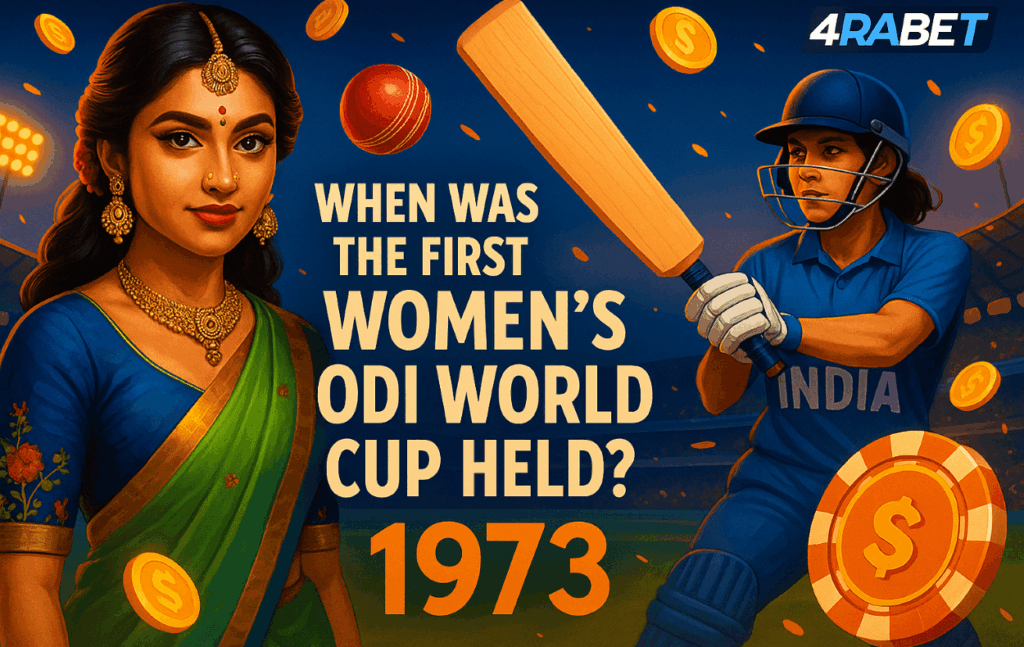
Reading about cricket often conjures images of enthusiastic men’s fixtures and tournaments. Still, a profoundly remarkable narrative exists for women’s cricket, one that dates back much earlier than most fans acknowledge. A significant moment in this story is the Women’s One Day International (ODI) World Cup, which highlights that particular year as a watershed moment in women’s cricket history.
The Formation of a New Era: United Kingdom as a Participant
Having played the first underarm match of 1973 and forerunning all cricket World Cups.
The Dawn of a New Era: 1973
In 1973, the first Women’s ODI World Cup was held, making it the earliest Cricket World Cup. This even predates the men’s ODI World Cup in 1975.
Important Features from Women’s World Cup in ‘73:
Participating Teams
The appeal of the women’s game was increasingly celebrated globally in the 1970s, as evidenced by the seven teams that participated in the tournament.
Why The Moment Was Significant
The 1973 Women’s ODI World Cup was not simply a sequel to prior tournaments; instead, it represented one of the first instances in which sport acted as a vehicle for women’s empowerment. This is why:
Contemporary Women’s Cricket and Its Origin in the 1973 Cup
The driving force behind the emergence of contemporary women’s cricket tournaments lies in the very foundation laid by the World Cup held in ’73. We can observe that modern tournaments are now seeing:
Conclusion
To consider the introduction of the Women’s ODI World Cup as only a sporting event is a gross understatement; it was a remarkable occasion. This event showcased that women’s role in cricket wasn’t superficial; she could indeed be a cricketer adored globally. Because of what happened in this era, pioneers were able to create opportunities for future generations to flourish, explaining why women’s cricket is far more popular today.
